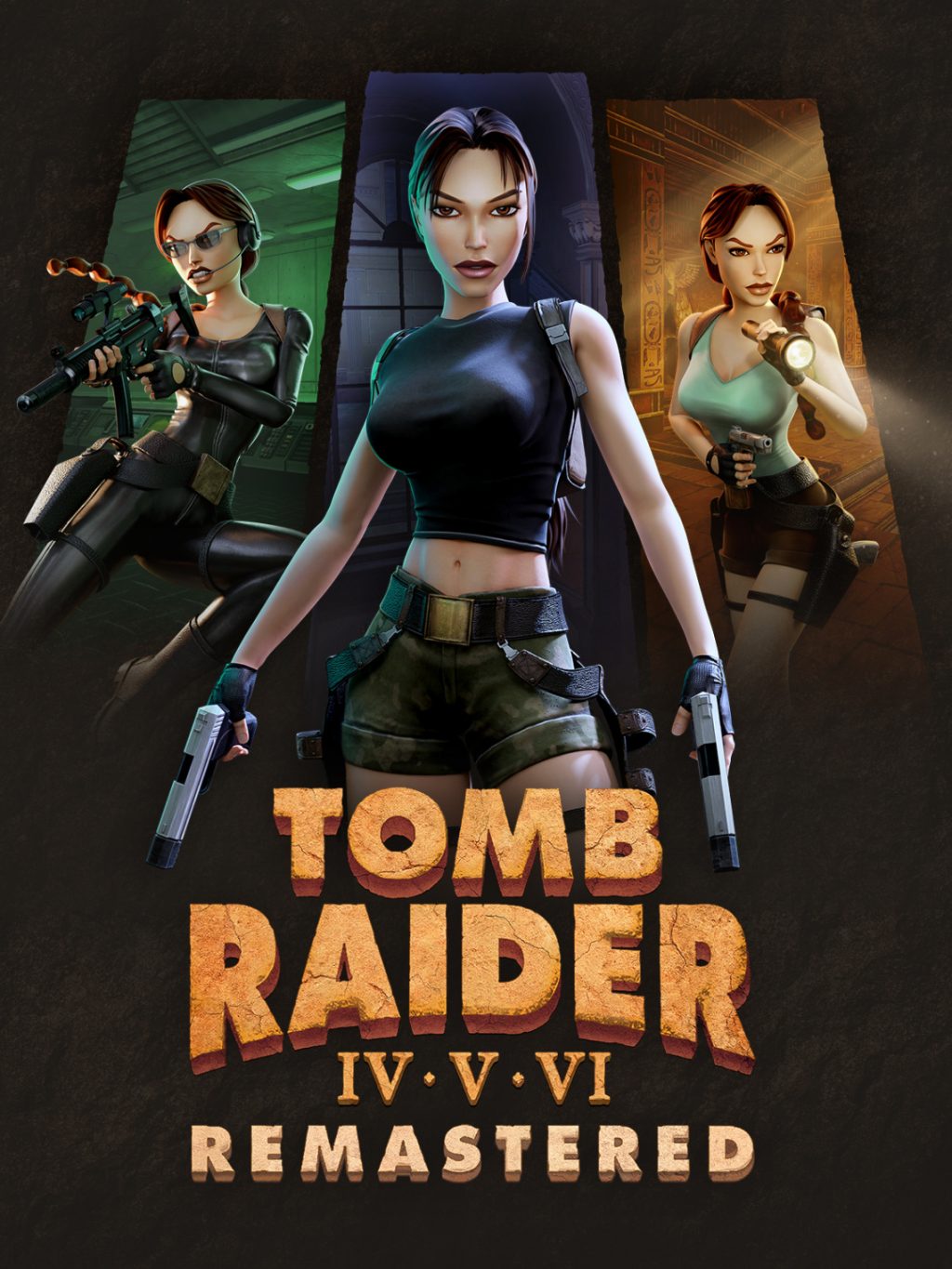
Key Highlights
- This remastered collection of lara croft’s later adventures from Core Design offers a fascinating, if uneven, historical package for fans of the Tomb Raider franchise.
- The package includes The Last Revelation, a series high-point, the disjointed Chronicles, and the notoriously flawed The Angel of Darkness.
- Players can instantly switch between updated graphics and the original visuals, with the classic look now benefiting from a 60fps performance boost on consoles and PC.
- The core design remains intact, meaning the rewarding exploration and puzzle-solving come with the original clunky tank controls, though a modern scheme is available.
- While not as essential as the first trilogy, this collection perfectly preserves a critical downfall and pivot point in the history of Lara Croft.
Introduction
Almost three decades after her debut, Lara Croft remains one of gaming’s most recognizable icons. This second remastered collection of lara croft’s classic adventures, Tomb Raider 4-6 Remastered, pulls back the curtain on a turbulent period for the franchise. Developed by a fatigued Core Design under publisher pressure, these three games represent the tail end of an era. They showcase both the brilliance that defined Tomb Raider and the ambitious missteps that nearly ended the series, now preserved for a new generation to analyze.
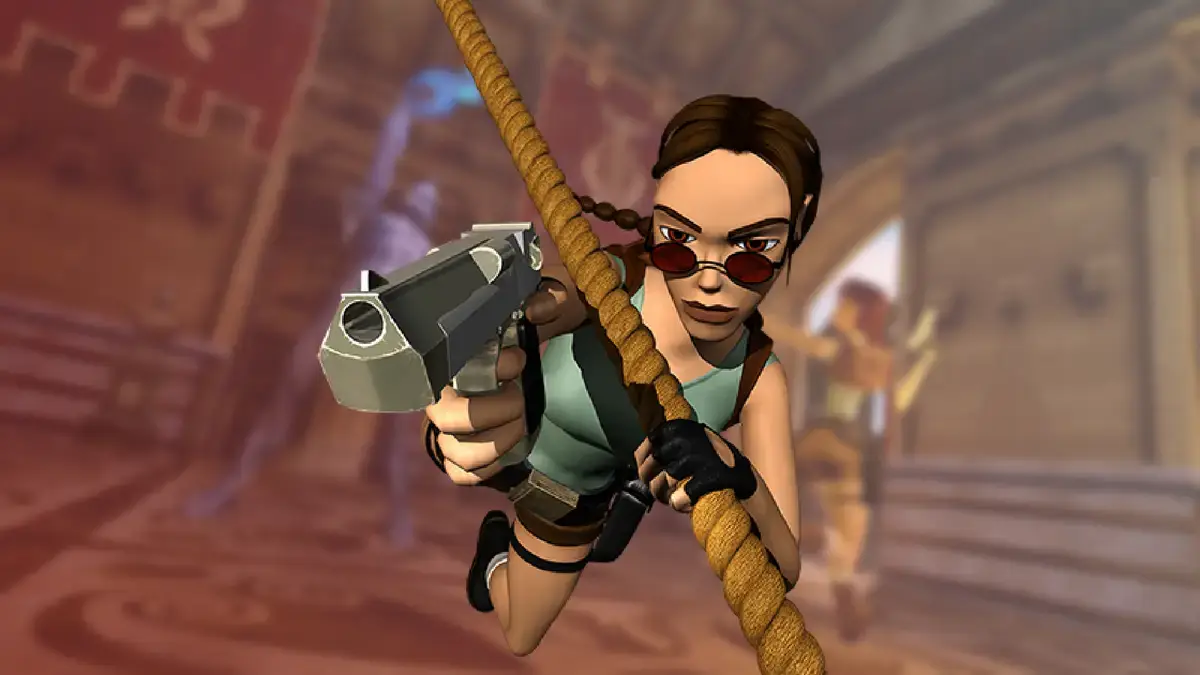
The Most Thrilling Moments from My Playthrough
This remastered collection of the darkness trilogy is an exercise in contrasts. You get to experience lara’s darkest adventures, from the peak of classic Tomb Raider to its near-fatal nadir. The strongest impression comes from The Last Revelation, where the intricate, tomb-focused level design feels like a perfect evolution of the original formula. It’s a stark contrast to the experimental, and ultimately broken, design of Angel of Darkness, which is memorable for all the wrong reasons.
These video games are a far cry from the modern Survivor Trilogy, sticking rigidly to the core design of the originals. This means you’ll be wrestling with the controls as much as the puzzles. Below, we’ll explore the standout moments from each game in this fascinating, flawed collection.
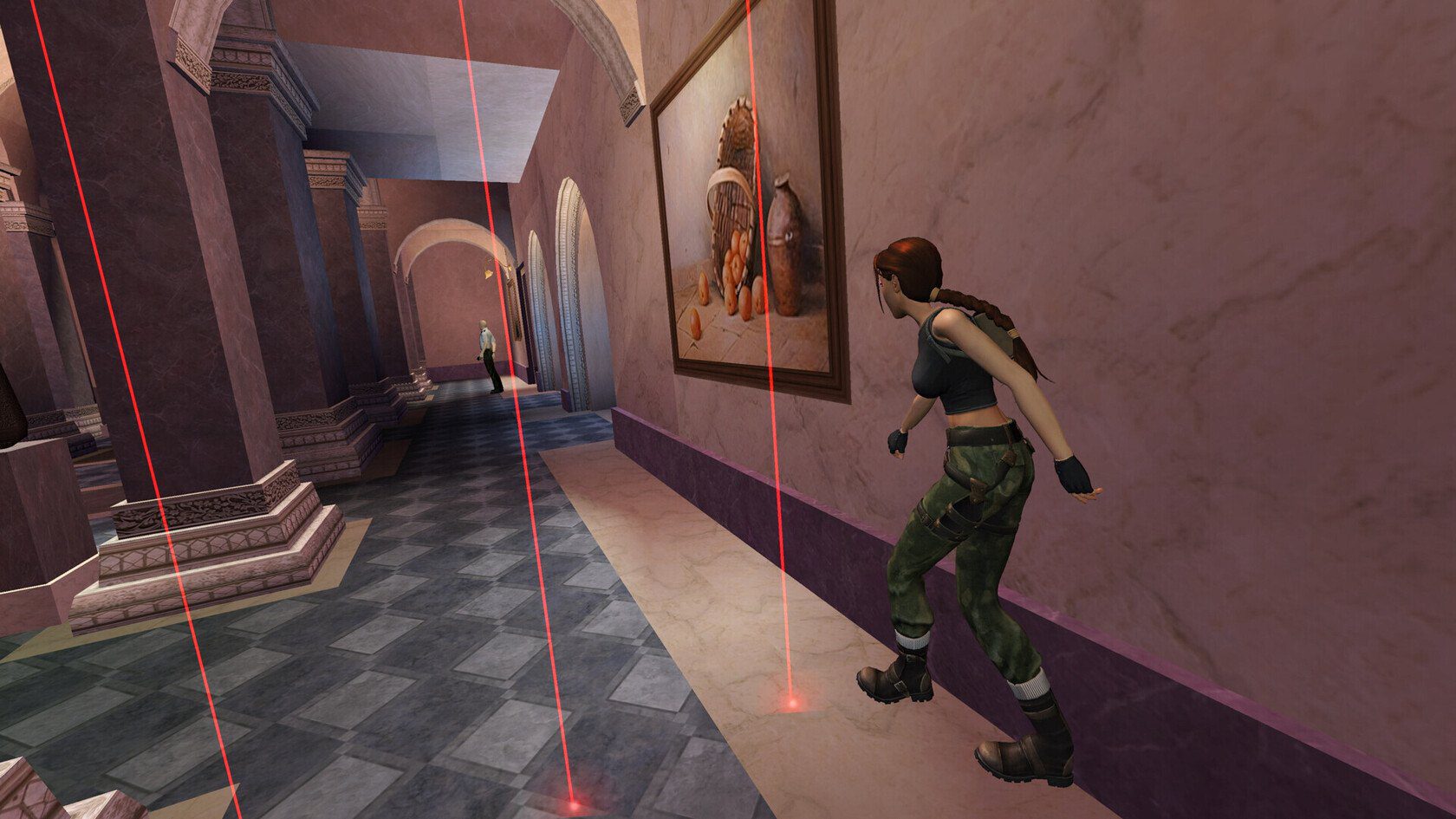
1. Navigating the Treacherous Traps and Puzzles of The Last Revelation
The Last Revelation is undoubtedly the crown jewel of this collection. Returning to a singular, cohesive setting in Egypt, the game feels like the quintessential Tomb Raider adventure that Core Design had perfected. The narrative hook is classic: Lara discovers the lost tomb of the egyptian god Set and accidentally triggers an ancient prophecy threatening to plunge the world into darkness. This setup provides the perfect excuse for what the series does best: raiding tombs.
The design elements that make the puzzles stand out are baked into the game’s original DNA. The Tomb Raider 4-6 Remastered doesn’t change them, but the optional 60fps performance boost can make navigating these complex environments feel smoother. However, the updated graphics can sometimes make things too dark, obscuring levers or paths that were clearer in the original blocky aesthetic. The genius of the level design in this egyptian tomb adventure shines through regardless. The best moments involve:
- Intricate, multi-stage puzzles that require you to explore vast, interconnected levels.
- A palpable sense of isolation and danger as you delve deeper into forgotten ruins.
- The events of the last revelation unfold with a gravity that feels like a true conclusion for Lara.
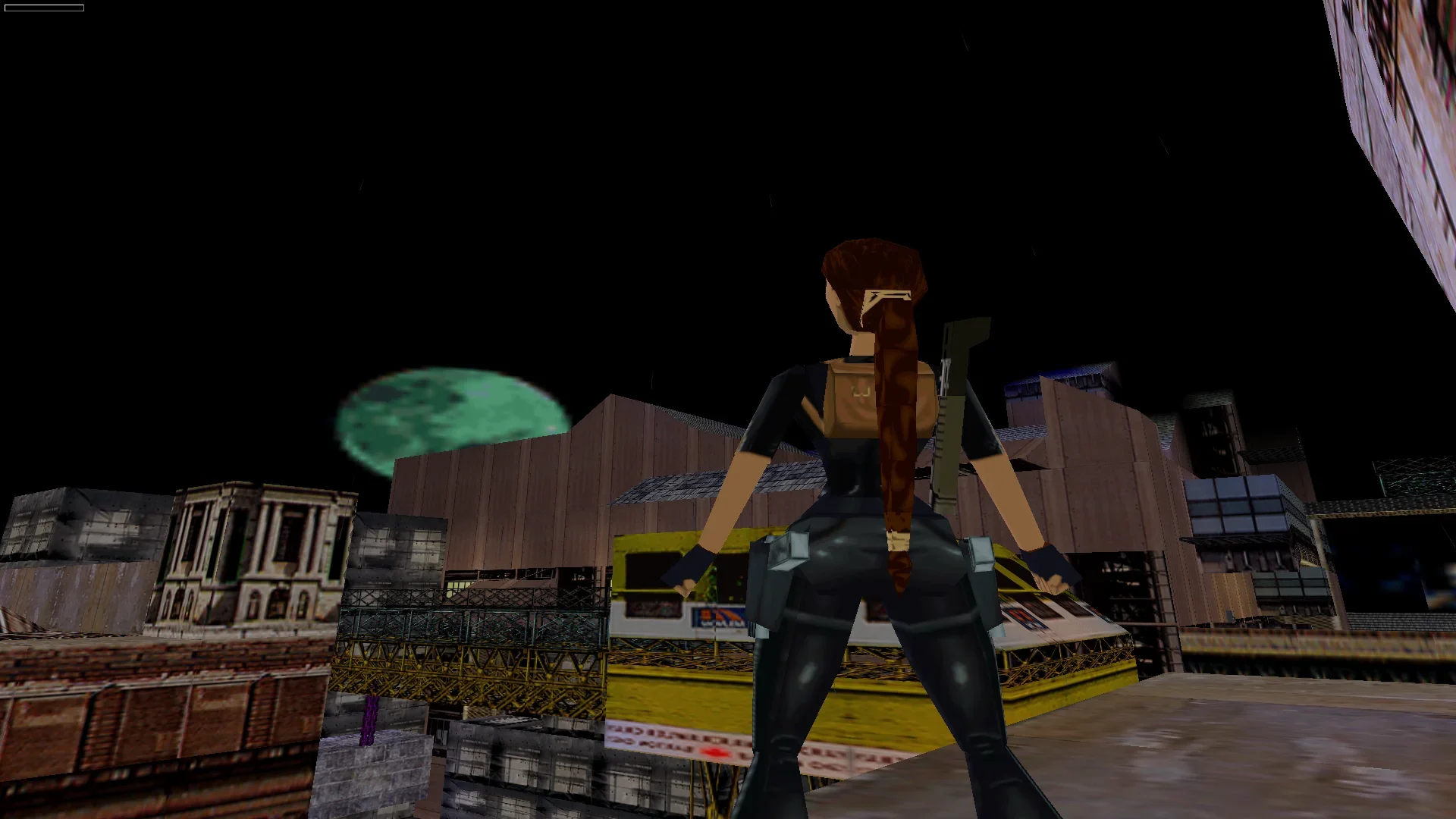
2. Experiencing the Revamped Visuals and Atmosphere in Chronicles
Tomb Raider: Chronicles feels like a contractual obligation, a collection of disparate levels cobbled together from scrapped ideas. The game lacks cohesion, serving as an anthology of Lara’s past adventures. You’ll jump from Rome to a Russian submarine to a high-tech tower, making the experience feel more like a highlight reel than a complete game.
The improved visuals offer a mixed bag for immersion. While the updated graphics add a modern sheen with better lighting and HD textures, they can also flatten the original’s unique, ethereal atmosphere that was born from the PlayStation’s limitations. The enhanced effects do add a new layer of detail, but whether they improve the experience on consoles is subjective. The new photo mode is a welcome addition, allowing players to pause and appreciate the environmental details or even scout ahead.
Here’s a quick look at the visual comparison:
|
Feature |
Original Graphics |
Remastered Graphics |
|---|---|---|
|
Textures |
Low-resolution, pixelated surfaces |
High-definition, detailed textures |
|
Lighting |
Basic, uniform lighting |
Dynamic lighting and shadow effects |
|
Character Models |
Blocky, low-polygon models |
Smoother, more detailed models |
|
Atmosphere |
Ethereal, often charmingly sparse |
More realistic, but sometimes overly dark |
3. Surviving the Dark Twists of Angel of Darkness
The Angel of Darkness is a fascinating failure. It was Core Design’s ambitious attempt to reboot the series for the PlayStation 2, but it buckled under its own weight. The game swaps tombs for the rainy streets of Paris, casting Lara as a fugitive accused of murder. This is by far the darkest entry, introducing jarring new mechanics and a playable second character, Kurtis Trent.
The remaster does little to fix the game’s fundamental flaws. While performance is improved and some cut content has been restored, the core issues remain. The game that was meant to kickstart the next series of tomb raider adventures still suffers from its original problems. Its critical challenges are inherent to its design:
- Clunky and unresponsive controls that make even basic actions a chore.
- Poorly implemented stealth mechanics and a strange RPG-lite system that feels out of place.
- A fragmented world broken up by constant loading screens, which ruins the narrative flow.
Ultimately, the remaster presents Angel of Darkness with its flaws intact, serving as a historical document of a game that almost killed a franchise.
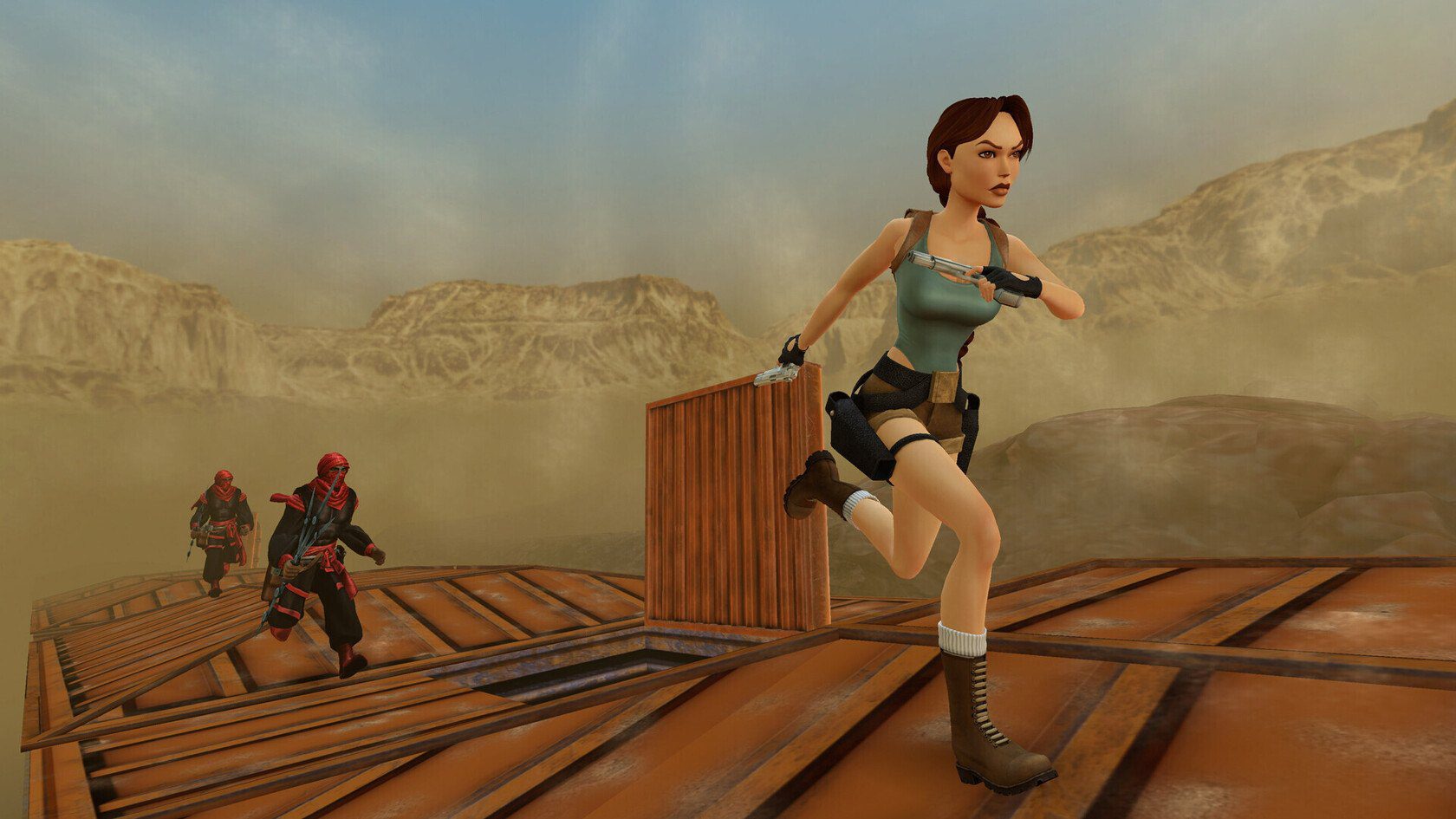
Conclusion
In conclusion, the Tomb Raider 4-6 Remastered is a nostalgic journey that beautifully balances innovation with the essence of the originals. Each title shines in its own right, from the intricate traps and puzzles in The Last Revelation to the atmospheric enhancements in Chronicles, and the compelling narrative twists in Angel of Darkness. Whether you’re revisiting these adventures or stepping into Lara Croft’s world for the first time, the updated graphics and refined gameplay mechanics provide an exhilarating experience. Don’t miss out on this opportunity to relive the thrilling escapades of one of gaming’s most iconic heroines.
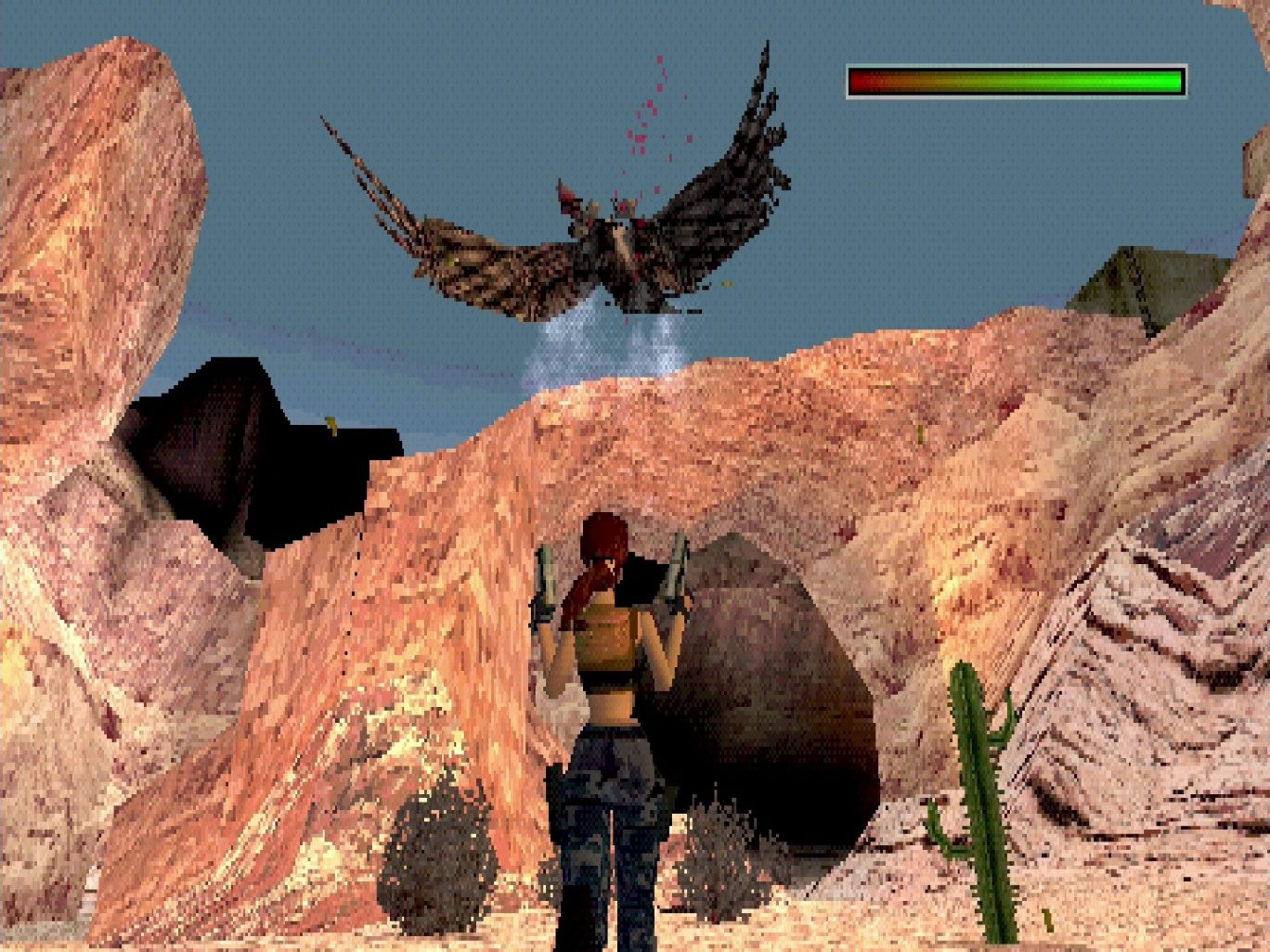
Frequently Asked Questions
1. Is the Tomb Raider 4-6 Remastered collection worth it for longtime fans?
Absolutely. For longtime fans of Tomb Raider, this remastered collection offers a fantastic dose of nostalgia. The ability to play with original graphics at 60fps on modern consoles is a huge draw, making it the definitive way to revisit this controversial era for Lara Croft. ASPYR is a registered trademark of Aspyr Media.
2. How do the controls and gameplay hold up compared to the originals?
The core gameplay is identical to the originals. The classic tank controls are faithfully preserved, feeling just as clunky and precise as they did decades ago. The “modern” control scheme is an option on PC and Xbox, but it doesn’t always mesh well with the grid-based level design of Tomb Raider.
3. What new features or improvements can players expect in the remastered versions?
The key features of Tomb Raider 4-6 Remastered include togglable updated graphics, a new 60fps mode for the classic visuals, and a photo mode. The collection is available on platforms like the Nintendo Switch, making these classics more accessible than ever. The Aspyr star logo signifies a faithful port with modern conveniences.





